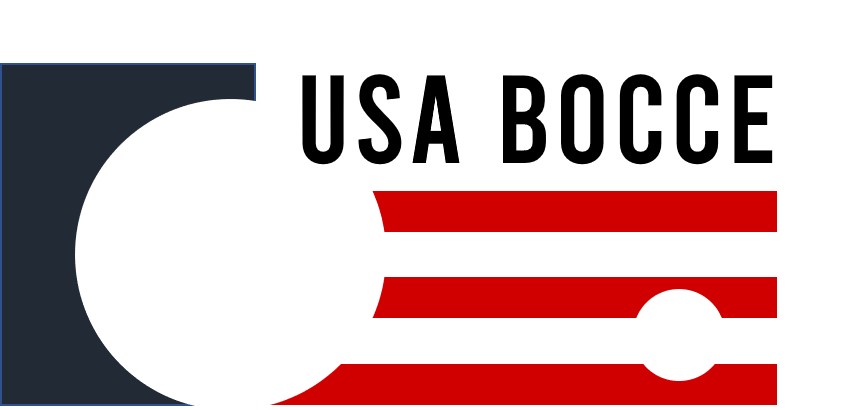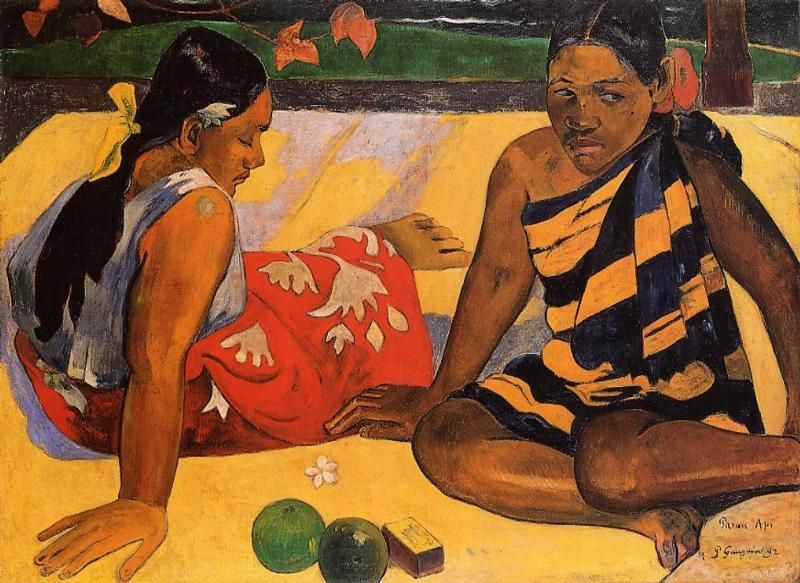HISTORY OF BOCCE
EARLY HISTORY
The oldest evidence of a game of bocce (bowls) is from 7000 BC and is found in the Neolithic city of Catal Huyuk, Turkey — where some stone spheres have been found that clearly show signs of rolling on rough terrain.
Throwing balls toward a target is the oldest game known to mankind. In 5000 B.C. the Egyptians played a form of bocce with polished rocks. While bocce today looks quite different from its early predecessors, the unbroken thread of bocce’s lineage is the consistently common objective of trying to come as close to a fixed target as possible. From this early objective, the basic rules of bocce were born.
From Egypt the game made its way to Greece around 800 B.C. The Romans learned the game from the Greeks, then introduced it throughout the empire. The Roman influence in bocce is preserved in the game’s name; bocce derives from the Vulgate Latin bottia, meaning boss.
The early Romans were among the first to play a game resembling what we know as bocce today. In early times they used coconuts brought back from Africa and later used hard olive wood to carve out bocce balls. Beginning with Emperor Augustus, bocce became the sport of statesman and rulers. From the early Greek physician Ipocrates to the great Italian Renaissance man Galileo, the early participants of bocce have noted that the game’s athleticism and spirit of competition rejuvenates the body.
As the game enjoyed rapid growth throughout Europe, being the sport of nobility and peasants alike, it began to threaten with the health of nations. The popularity of the game was said to interfere with the security of the state because it took too much time away from archery practice and other military exercises. Consequently, Kings Carlos IV and V prohibited the playing of bocce, and doctors from the University of Montpellier, France, tried to discredit the claim that playing bocce had great therapeutic effect in curing rheumatism.
In the Middle Ages it was played on the streets, in the squares, and in the castles. The bowls fascinated everyone, nobles and commoners. The widespread use of the game created problems of public order and disturbed the powerful. The causes were the neglected work, the bets and, at times, the furious quarrels that broke out during heated matches.
It was also favorably seen by the Dutch humanist Erasmus of Rotterdam (1466-1536); and by two theologians, Martin Luther and France’s Calvino; an avid player.
The first prohibitions started which severely limited the game for many centuries. The Frenchman Charles IV the Fair (edict of 1319), Edward III of England (1339), Charles V the Wise (1369 in France) and the English kings Richard II (1388), Henry IV (1401) and Henry VIII (1511) said no to bocce.
Sir Francis Drake was a true fan. In 1588, warned of the arrival of the Spanish fleet, the famous “Invincible Armada,” he quietly continued to play bowls on the docks of the port of Plymouth decided, before setting sail to defend England, to finish a very uncertain game with his boatswain.
In 1576, the Republic of Venice publicly condemned the sport, punishing those who played with fines and imprisonment. And perhaps most grave was the condemnation by the Catholic Church which deterred the laity and officially prohibited clergyman from playing the game by proclaiming bocce a means of gambling.
Towards the end of the seventeenth century, Charles II of England legalized it and even had a sort of regulation arranged.
Contrary to the rest of Europe, the great game of balls thrived in Great Britain. Such nobility as Queen Elizabeth I and Sir Francis Drake were avid fans. According to legend, Sir Frances Drake refused to set out to defend England against the Spanish Armada until he finished a game. He proclaimed, “First we finish the game, then we’ll deal with the Armada!”
The sport first came to America in the English version called bowis (from the French boule) — meaning ball. In accord with how the game was played in Britain, American players threw the ball not on stone dust (as is done today in bocce) but on close cropped grass — which some say is the origin of the modern lawn. It has been noted that one early American playing field was Bowling Green at the southern tip of Manhattan — and that George Washington built a court at Mount Vernon in the 1780s.
In modern times, the first bocce clubs were organized in Italy. Notably the first Italian League was formed in 1947 by fifteen teams in and around the town of Rivoli (Torino). 1947 also marks the beginning of the yearly Bocce World Championships.


BOCCE BLOSSOMS IN ITALY AND FRANCE
In 1873, the first Italian company was founded in Turin, which took on the curious name of Cricca Bocciofila. It was the first brick of the future national organization. A quarter of a century later, on November 14, 1897, a small group of Piedmontese bowling societies gathered in Rivoli, near Turin, and founded a body coordinating the activity on the territory.
The following year, again in Turin, on the occasion of the International Exhibition, the Piedmontese Bocciofila Union was born, the first federation led by Paolo Streglio.
In 1904, the first official game technical regulation was set up. The activity was then carried out only outdoors, on fields not delimited, with wooden bowls. The Italian emigrants spread the game in many countries of the Americas.
In 1919, the Italian Bocciofila Union (UBI) was born (the heir of the Piedmontese one) which in 1926 was recognized by the Coni. An important goal for the bowls to be seen as equivalent to other sports.
But the euphoria did not last long. Three years later a ministerial decree transferred the bowls from the Coni to the Opera Nazionale Dopolavoro (OND), considering the game a recreational activity.
In the new context, though not considered sports, bowls found a true and substantial unification throughout the Peninsula and a widespread peripheral organization was born.
A single technical game regulation was adopted throughout Italy, the Nazionale (mixed raffa and flight), favored by the birth of the “synthetic” bowl, a sphere mixed with sawdust and glue.
In 1945, with the fall of fascism, the OND was dissolved, whose functions were transferred to the National Assistance for Workers (ENAL). After the war, the bowls had a very troubled life with the birth of multiple federations that practiced different game systems.
In 1956, the Turin Luigi Sambuelli was elected to the presidency of the reborn Italian Bowling Union which exclusively practiced the game of the flight specialty. In 1957, Italy broke the French monopoly by winning the 9th World Championship in flight of squares with Umberto Granaglia, Giuseppe Mollo, Nicolò Gaggero and Giuseppe Carrera.
It was one of the first flashes of Granaglia, the “Campionissimo” future that, with his extraordinary career, is still considered the greatest player of this specialty.
In 1979 an agreement was found and a unitary federation was created, wanted and officially recognized by the CONI, the current Italian Bocce Federation (FIB), which promotes and coordinates three game specialties, raffa, volo and petanque.
Italy, which has been practically the cradle of the game since Roman times, has always played a leading role worldwide. Throughout 2016, the blue shirts have earned 295 gold medals on the fields of the World Games, the Mediterranean Games and the European and world championships (a goal never achieved by any other federation of the world in the world).
Thanks to many Italian immigrants at the turn of the century, bocce has come to flourish in the United States. During its beginnings in the U.S. there were as many versions of the game as there were towns the immigrants had left.
It should be added that the oral traditions of bocce are just as much an important part of the game. Throw out a pallino and become part of the long heritage of the game from great thinkers such as Galileo and da Vinci, to rulers Augustus and Queen Elizabeth, to the noble Sir Francis Drake and even America’s own George Washington.
Enjoy the world’s oldest sport, a sport reviving the body and mind.

